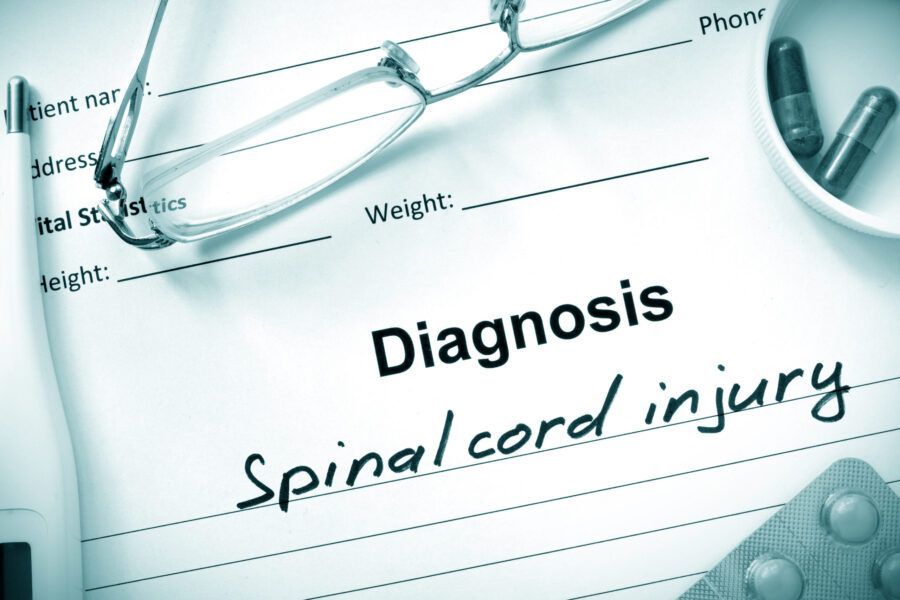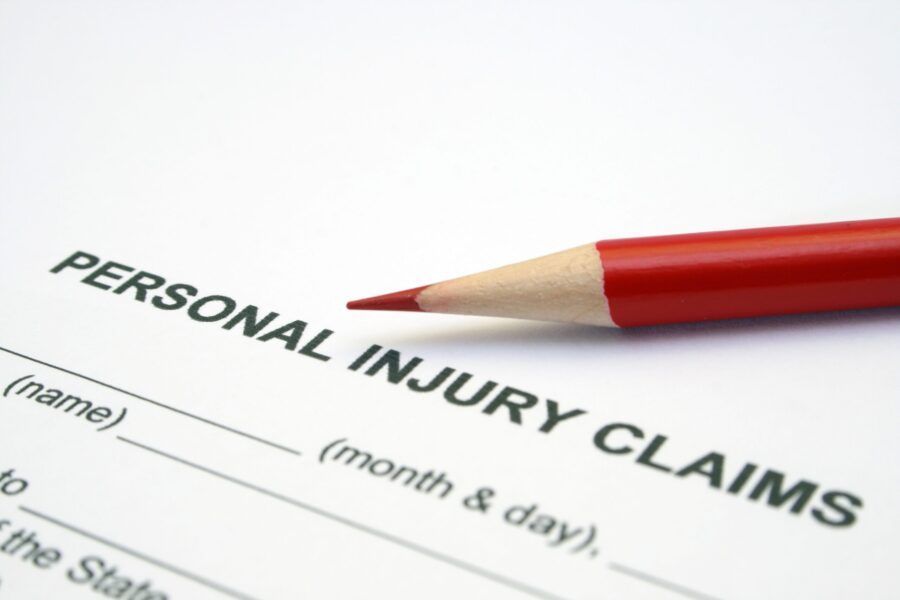How to Document Your Injuries for a Personal Injury Claim




When life throws you an unexpected curveball, it’s often not the event itself but the aftermath that proves most challenging. If you’ve recently suffered an injury and are considering filing a personal injury claim, it’s crucial to understand the importance of documenting your injuries thoroughly. This blog post will guide you through the essential steps and best practices for documenting your injuries, ensuring that you present a strong, compelling case.
Understanding Personal Injury Claims
Personal injury claims arise when an individual suffers harm due to another party’s negligence or intentional misconduct. These claims aim to provide compensation for medical expenses, lost wages, and emotional distress. Whether it’s a car accident, a slip and fall, or a workplace injury, the key to a successful claim lies in the strength of your documented evidence.
Documenting your injuries meticulously serves as the backbone of your claim. It provides the necessary proof to substantiate your injuries and the extent of your suffering, which is crucial when negotiating with insurance companies or presenting your case in court. By the end of this guide, you’ll be well-equipped to document your injuries effectively, enhancing the chances of a favorable outcome in your personal injury claim.
Types of Injuries to Document
When documenting injuries for your personal injury claim, it’s essential to be comprehensive. Here are some common types of personal injuries that should be meticulously documented:
Physical Injuries – These include visible injuries such as bruises, cuts, fractures, and burns. Ensure you take detailed photographs and seek medical attention to get professional documentation.
Internal Injuries – Sometimes, the most severe injuries are not visible to the naked eye. Internal injuries such as organ damage or internal bleeding require thorough medical examinations and imaging tests like X-rays or MRI scans.
Psychological Injuries – Personal injuries aren’t always physical. Emotional distress, anxiety, and PTSD are significant aspects of personal injury claims that should be documented through medical records and psychological evaluations.
Step-by-Step Guide to Documenting Injuries
Immediate Actions to Take After an Injury
Acting promptly can make a significant difference in the strength of your claim. Here’s what you should do immediately after sustaining an injury:
Seek Medical Attention – Your health should be your top priority. Visit a healthcare professional immediately, even if you believe your injuries are minor. Early medical records are vital for your claim.
Report the Incident – Notify the relevant authorities or parties involved. Whether it’s a police report for a car accident or an incident report at your workplace, official reports are crucial pieces of evidence.
Gather Witness Information – Collect contact information from any witnesses present at the scene. Witness statements can provide additional support for your claim.
Detailed Instructions on Documenting Injuries Effectively
Photographic Evidence – Take clear, well-lit photographs of your injuries from multiple angles. Document the progression of your injuries over time, capturing any changes or worsening conditions.
Medical Records – Keep a detailed record of all medical treatments, including doctor’s visits, prescriptions, and therapy sessions. Ensure that these records reflect the severity and ongoing nature of your injuries.
Personal Journal – Maintain a daily journal detailing your pain levels, emotional state, and any limitations or challenges you face due to your injuries. This personal account adds a human element to your documentation, showcasing the real-life impact of your injuries.
Why Documentation is Crucial for a Personal Injury Claim
Legal Significance of Documented Evidence
In the legal realm, documented evidence serves as the foundation of your personal injury claim. It provides tangible proof of your injuries and their impact on your life. Without proper documentation, proving the extent of your suffering becomes a challenging task.
How Documentation Strengthens a Case
Strong documentation can significantly bolster your case by:
Establishing Credibility – Comprehensive and consistent records demonstrate the legitimacy of your injuries and the sincerity of your claim.
Supporting Compensation Claims – Detailed documentation helps quantify your damages, ensuring you receive fair compensation for medical expenses, lost wages, and pain and suffering.
Building a Persuasive Argument – Thorough documentation allows your attorney to present a compelling case, making it easier to negotiate with insurance companies or convince a judge and jury.
Tips for Organizing Your Injury Documentation
Importance of Thoroughness and Accuracy
Thorough and accurate documentation is essential for a successful personal injury claim. Here are some tips to ensure your records are detailed and precise:
Consistency is Key – Ensure all your records, from medical documents to personal journals, are consistent in detailing your injuries and their impact.
Update Regularly – Continuously update your documentation to reflect any changes or developments in your condition. This ongoing record is vital for demonstrating the long-term effects of your injuries.
Digital and Physical Organization Methods
Digital Organization – Use digital tools to organize your documents efficiently. Create folders on your computer or cloud storage service, categorizing records by type (e.g., medical records, photographs, witness statements). Ensure all files are clearly labeled and dated for easy access.
Physical Organization – While digital storage is convenient, maintaining physical copies of essential documents is also crucial. Use a binder or filing system to organize hard copies, again categorizing by type and date.
Conclusion
Documenting your injuries is a critical step in building a robust personal injury claim. Proper documentation not only substantiates your injuries but also strengthens your case, increasing the likelihood of receiving fair compensation.
If you’re considering filing a personal injury claim and need expert guidance, don’t hesitate to reach out to the Law Offices of Gregory J. Abbott. Our experienced team is ready to assist you in navigating the complexities of your claim and ensuring you receive the justice you deserve. Call 630-963-7938 to schedule a consultation today.
